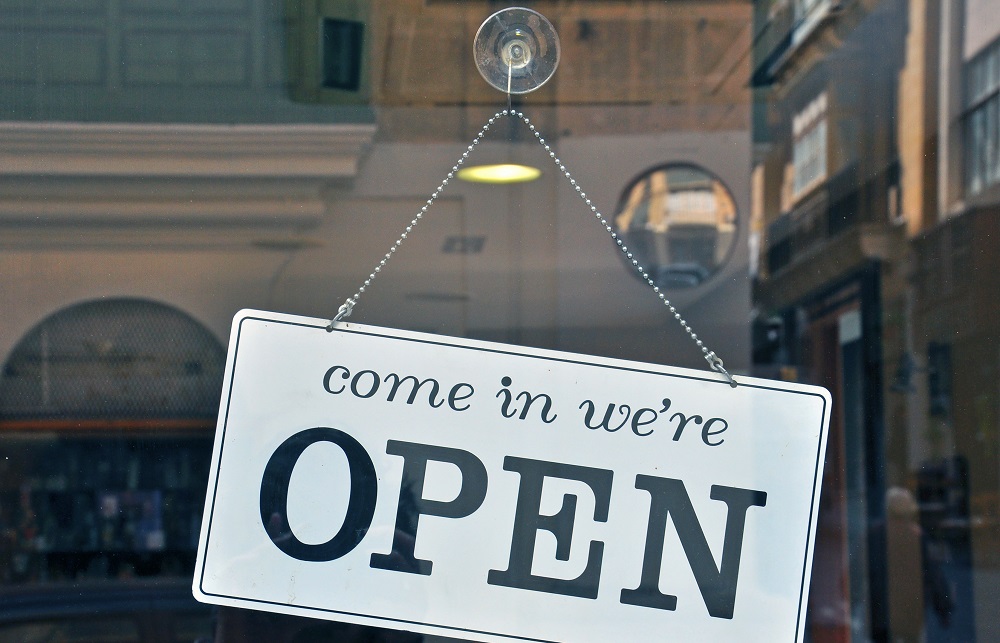
Few things are as essential to a restaurant as having a good storefront. It is usually the first thing that your customers see and it serves as the face of your shop. Your storefront is a reflection of your own personality and branding.
Presenting a good image will start with the first thing that people see in your establishment. If you want to build a better image, the storefront is the first and best place to start.
Sure, you can have all the essentials, such as signs, outdoor decor, and retractable rolling awnings, but there are some deliberate design and fixture placements that you’ll need to think about when it comes to a restaurant storefront. While these will generally vary among industries, some guidelines will hold true no matter what establishment you have.
Always make your product offerings clear
Many restaurant owners will often be too caught up in the branding and promotional material for their place that they sometimes clog the storefront with so much visual clutter that it can be difficult to tell what exactly are they selling at first glance.

Here’s why this is a problem. Especially for newer restaurants, they often don’t have the recognition or the pull to get that kind of traction yet. More often than not, the majority of their customers will drop by for a specific item on their menu, not the branding of the restaurant itself. Making sure your product is displayed prominently can subtly tell the customers what you serve without being too overt about it.
Make sure there is space for people to consider your offerings
This is both in the literal and metaphorical sense of the word “space”. Due to their proximity to foot traffic, restaurants will often forget to leave space for passersby to consider their menu or the look of the place itself. This is fine if you’re running a stall that can serve and feed people on the go, but not ideal when you’re running a sit-down restaurant. Design your restaurant according to your purpose and goals.
It can often promote a very hurried ambiance about the restaurant, which can discourage customers who take the time to consider what to eat and where to eat it. Giving your customers both the physical freedom to ponder about their choices and the time to consider the food can do wonders for them.
Make it interactive
Like the majority of markets today, interaction and engagement is something that can easily draw in crowds rather than static advertising. This is especially important for restaurants, which need to establish a relationship with every customer that they serve. Making your storefront more than just a glorified sign can be a very good way to draw in more interest and traffic.
Maybe you can put a “freedom board” where customers can leave their reviews or thoughts. Some restaurants have chairs or other furniture that can accommodate waiting or considering customers, while others often have a waiter or server who can answer questions in a more personal manner. Engaging with your customers gives them better service or experience and this ultimately benefits your restaurant.